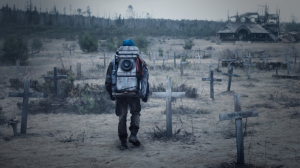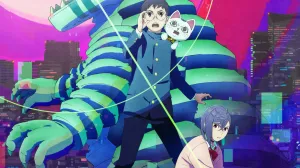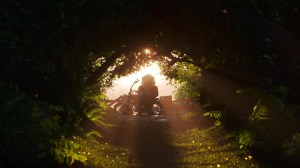It’s no secret that fans find the ending of HBO’s Game of Thrones to be unsatisfying, but everyone seems to have a different reason. The last few seasons of the show left many plot threads dropped and major mysteries unanswered, and these contribute to the overall feeling that the show didn’t stick its landing. At the same time, many fans have hope that author George R.R. Martin will finish the last two books in his series A Song of Ice and Fire, answering some of these lingering mysteries in his promised alternate ending. Below are seven of the show’s mysteries that fans expect to see explained in the final books, putting the whole franchise in a new perspective.
Videos by ComicBook.com
Game of Thrones showrunners David Benioff and D.B. Weiss have taken most of the heat from fans who disliked the last few seasons of Game of Thrones. According to Martin, he and HBO wanted the series to go on longer, but Benioff and Weiss chose to end it when and how they did because “they wanted to have lives.” Benioff and Weiss have also described the vague outline of the ending Martin shared with them, saying that they followed it in some places and diverged from it in others. Many critics have speculated that the duo simply tried to check off all the ideas on that list to get the show finished, missing a lot of important development along the way.
That leaves these unfinished arcs and stories like those described below, and questions that may linger forever. If Martin finishes his books, the answers there may not match up perfectly with the show, but at least they’ll give us some dots to connect. Read on for the top seven mysteries left hanging by Game of Thrones and how they may be answered in A Song of Ice and Fire.
WARNING: Spoilers ahead for Game of Thrones
What Does Resurrection Mean for Jon Snow?
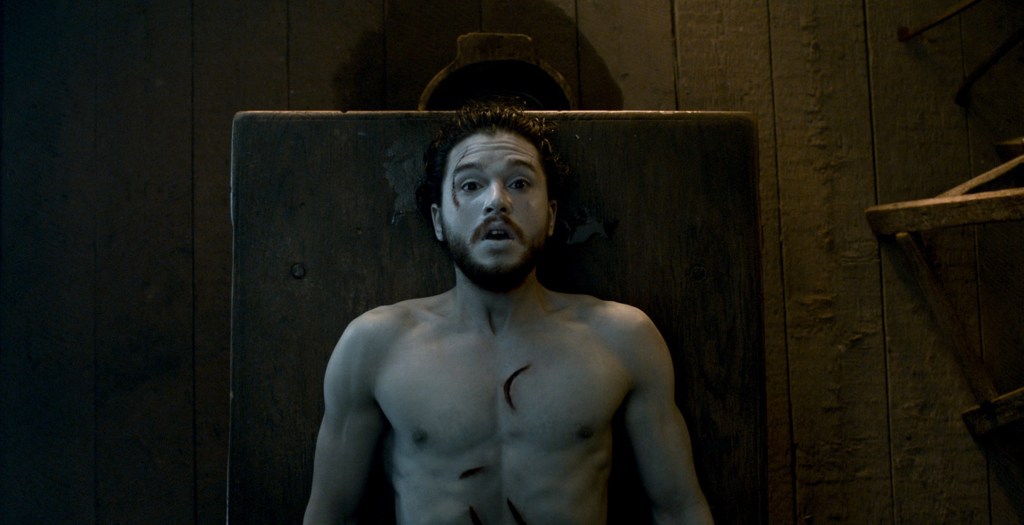
Jon Snow was killed in a mutiny at the end of Season 5 and resurrected shortly into Season 6 by Melisandre, and he got back to his life without really missing a beat. This is very different from how resurrection effects people in the books, but even in the show it’s inconsistent with the other resurrected people we meet — Berric Dondarrion and Benjen Stark.
The leader of the Brotherhood Without Banners changed every time he is revived by the Red Priest Thoros of Myr. “I’ve been reborn in the light of the one true god,” Dondarrion says before his trial by combat against Sandor “The Hound” Clegane. He then uses his blood to magically light his sword on fire. Meanwhile, Benjen is able to range freely north of The Wall, but he cannot pass south of it due to magical wards in the ice.
By contrast, Jon doesn’t seem empowered at all after his resurrection. He never lights his sword on fire or claims to have any connection to a higher power, and he seems just as mortal as ever in the battles that follow. However, if the show had done more with the powers and limitations that came with being undead, it might have helped make sense of Jon’s banishment at the end.
Resurrection may give Jon powers like a flaming sword, increased tolerance for cold and pain, and enhanced skinchanging abilities. However, it may also make him more sensitive to old spells — like those that contain the White Walkers behind the Wall. That means in the end, Jon may not be banished to the far north for political reasons, but instead driven up there by magical boundaries. He may even need to stay up there to preserve his body, which might otherwise wither in the summer climate. All this inhumanity might strain Jon’s relationships with others, including any potential partnership with Daenerys.
What Was Howland Reed Plotting?

Game of Thrones set up the mysterious figure Howland Reed just like the books did, but the show never followed through. Bran saw Howland intervene in Ned’s duel against Ser Arthur Dayne in a vision, but we never learned why the lord of Greywater Watch stayed in The Neck throughout the war and the conflict with the White Walkers. This character holds the keys to a lot of mysteries, and his absence in the endgame was glaring.
House of the Dragon has presented us with an additional issue here by introducing the Green Men on the Isle of Faces. This is a Westerosi legend that was left out of Game of Thrones, but the prequel series not only delves into it — it shows us a Green Man on screen. Howland is said to have visited the Green Men, and he may be a powerful Greenseer just like Bran. Fans are hoping to learn more about these Green Men, but in doing so we might see plot holes form in the original TV series.
Fans expect the Isle of Faces to be pivotal in the ending of Martin’s books, as it is a place of immense power for a Greenseer. Some even expect King Bran to rule from the island once he takes over Westeros. If so, it will be a major divergence from the show, and will make for a more satisfying ending.
Can Bran Stark Travel Through Time?

We know for sure now that Bran Stark can influence people and events in different times than him, as he damaged Hodor’s mind in his childhood just to ensure he could escape from the White Walkers and flee south of the Wall again. However, as far as we know, Bran never tries to do this again, even when he has finished transforming into “The Three-Eyed Raven.” If Bran can master the ability to orchestrate the timeline, that means he must have done so, and everything that happened was due to his meddling through the Wierwood Trees.
This has a lot of implications that will need to be explored better in the books. Many fans suspect that the Greenseer Bran met north of the Wall, Brynden Rivers, was not the same “Three-Eyed Raven” communicating with him through visions all along. Instead, a future version of Bran himself may have been casting those visions back to try and change the course of his own life. Martin will surely tease out more details on the extent of Bran’s powers, and the horrors as well.
Are the Faceless Men Hunting Arya?
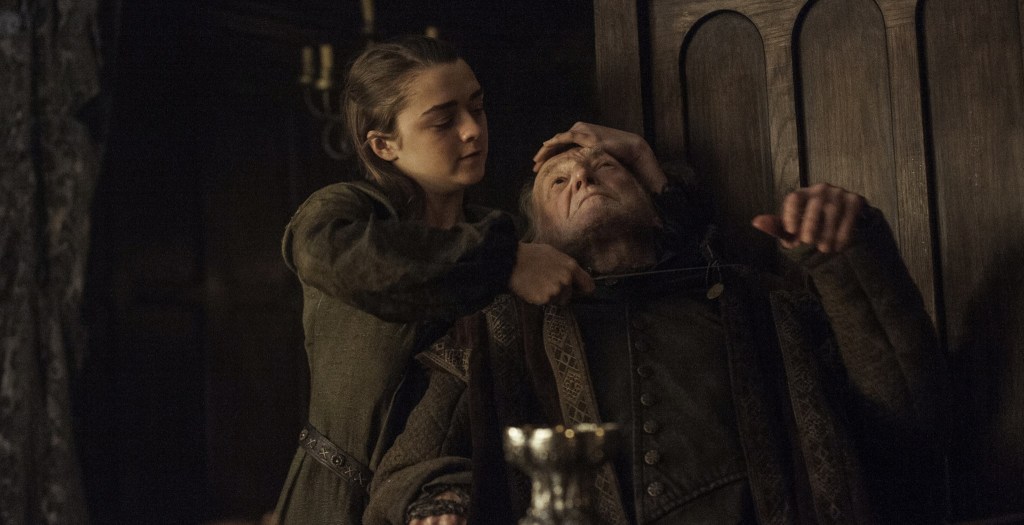
Arya flees the Faceless Men in Braavos, defying their orders to leave behind her old loyalties. Despite this, she is still able to shapeshift when she returns to Westeros, and she does so in order to kill every member of House Frey. However, Arya never uses that power again, and she never faces any consequences for abandoning one of the most powerful organizations in the known world.
[RELATED: 3 House of the Dragon Moments That Need to Happen in Season 3]
If consequences are coming for Arya, that might help explain why she decided to sail west as an explorer rather than stay with her family at the end of the show. Arya may be a fugitive of the most renowned assassins guild in the world, and as far as they’re concerned, she owes her life to the “god of death.” Still, a completely different ending for Arya would also be welcome — maybe she stays in Winterfell or ranges north with Jon.
Are the White Walkers Gone for Good?
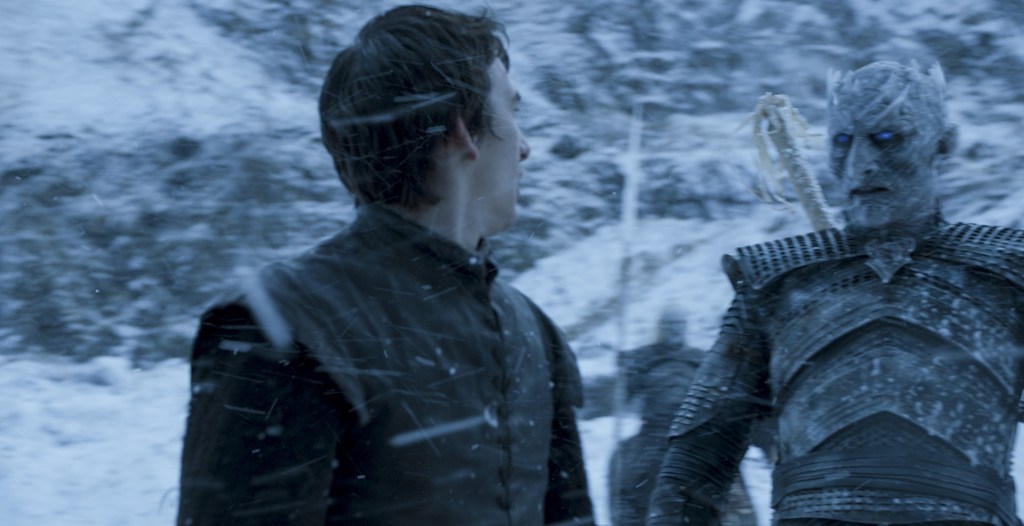
At the end of Game of Thrones, the Night’s Watch is still operational and the Wall still stands, with one section presumably in need of patching. It’s unclear why the Watch would keep its post there if there weren’t still supernatural enemies that could attack at any time. The White Walkers and their army of the dead all seemed to fall when Arya defeated the Night King, but no one seems to know for sure.
Fans expect the books to resolve the conflict against the Others with more than just a battle. Many believe these icy creatures have some kind of ancient pact with mankind that has been forgotten over the generations. It may need to be rectified, and Jon may be uniquely positioned to mediate this negotiation once he is undead. This would mirror Jon’s position between the Night’s Watch and the Wildlings, and would be great for his arc.
What Happened to Drogon?
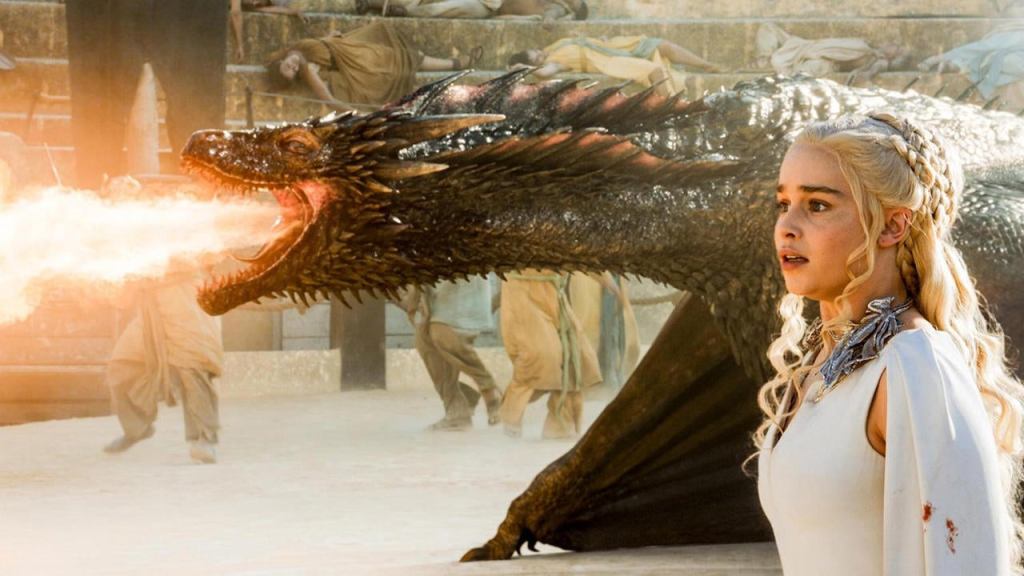
The fate of the other magical element of the story is also uncertain — Daenerys’ dragon Drogon flies away in the end with her corpse, and is last seen heading for Essos. It’s unclear where this dragon is headed, what he wants, and what means others might have to control him. Bran asks about Drogon, and many fans speculate that he hopes to skinchange the dragon. Others suspect he is just keeping an eye out for a major threat.
Sam says that Drogon was last seen flying east toward Volantis, which is confusing since neither he nor Daenerys ever visited that city on the show. Volantis was the city-state with the strongest remaining ties to Valyrian dragon-riding culture, but if that’s why Drogon was drawn there, it seems he would be drawn to the ruins of Valyria itself instead. Volantis was also a place where slavery was practiced, but Daenerys seemed to stamp that out when they attacked her in Meereen in Season 6. Finally, there was a red priestess in Volantis, and some fans suspect Drogon was flying there so that Dany could be brought back to life, but that’s very speculative.
One way or another, there should be strong resolutions for both the White Walkers and the dragons at the end of this story. These forces of elemental magic are tied to the imbalance of this world, with unpredictable seasons and zombified psychic trees. They don’t need to disappear or be defeated necessarily, but there should be a sense of harmony, otherwise it’s like the story ended right in the middle.
What Is King Bran’s Tax Policy?
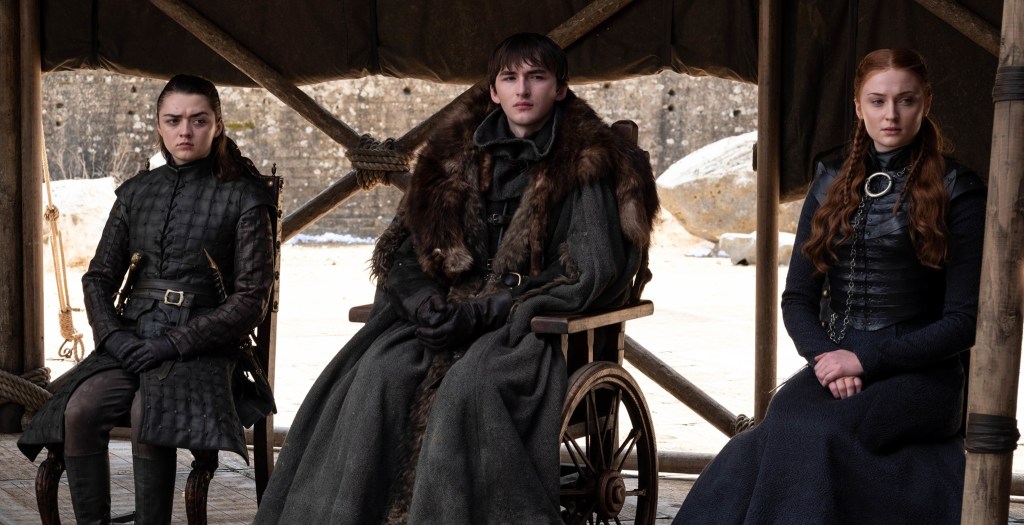
Finally, Game of Thrones failed to answer one of the central questions that Martin himself was interested in exploring through this series: what makes a good king? After all the squabbling over the Iron Throne, Bran Stark takes control of the Seven Kingdoms easily and placidly, but it’s not clear what he intends to do with supreme executive power. He doesn’t seem to mind letting kingdoms like the North declare independence, yet he doesn’t go so far as to break the realms up into a democracy or republic either. We get no hint of his plans for the future, and it’s unclear if he’s happy with this outcome or not.
Martin will definitely not leave this thread hanging. The author has frequently said that one of his biggest questions as a fantasy reader was what happens after the dust settles. As an example, he often asks the rhetorical question: “What was Aragorn’s tax policy?” The Lord of the Rings doesn’t answer, but A Song of Ice and Fire certainly will.
That’s especially important if Bran intentionally orchestrated events to seize control using his abilities as a Greenseer. There are a lot of implications there — maybe he didn’t save as many lives as he could have because it would have endangered his claim to the throne. Maybe he intends to suppress the worship of The Seven and revive the religion of the Old Gods, which includes human sacrifice to the Wierwood Trees. Maybe Bran’s connection to the trees makes him immortal, allowing him to rule forever from a throne of roots.
These mysteries may never get answered decisively, but there are enough brilliant fan theories out there to fill the void for now. Game of Thrones is streaming on Max. Martin’s books are available now in print, digital, and audiobook formats. The author has reported great progress on the next volume, but so far there is no release date for the book.






